Aliens Invade Nunavut in Nyla Innuksuk's Subversive Horror Flick 'Slash/Back'
- Oops!Something went wrong.Please try again later.
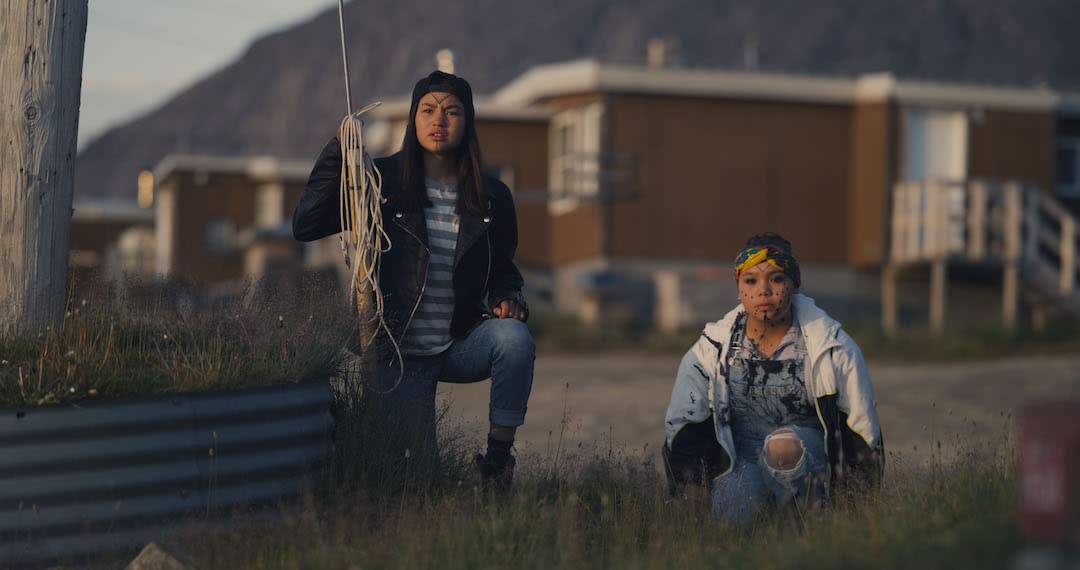
“I love horror movies and I love slasher movies,” says Slash/Back director Nyla Innuksuk. The Inuk filmmaker gives the slasher genre an Indigenous twist with her first feature. Slash/Back is the story of an alien outbreak in the northern community of Pangnirtung, Nunavut. Slithery strange invaders feed on local elders, inhabiting their bodies to prey on the younger generation. Where kids in most horror flicks split up, and get butchered in the process, Maika (Tasiana Shirley), Jessie (Alexis Vincent-Wolfe), Uki (Nalajoss Ellsworth), and Leena (Chelsea Prusky) stick together instead of going all Sidney Prescott or Laurie Strode to fight the baddies alone. “It was interesting to play with that dynamic of friendship at that age, how important it is, and how challenging it can be too at times,” explains Innuksuk.
Slash/Back marks Innuksuk’s first feature, but this trip to the picturesque coastal community on Baffin Island is an awesome feat of world building. Drawing upon Innuksuk’s roots in short film, documentary, and virtual reality, Slash/Back is a genre-mashup that remains authentic in its portrait of a community, infusing elements of horror and sci-fi with Inuit folklore as the girls recognize in the aliens the mythological beast Ijiraq, who preys upon children. Typical growing pains of adolescence and boy trouble provide both laughs and suspense as the girls learn what it means to fight for their community. Slash/Back is a fun, blood-soaked tale of Indigenous resilience that does for Baffin Island what Attack the Block did for South London youths.
Complex Canada spoke with Nyla Innuksuk ahead of Slash/Back’s release on June 24.
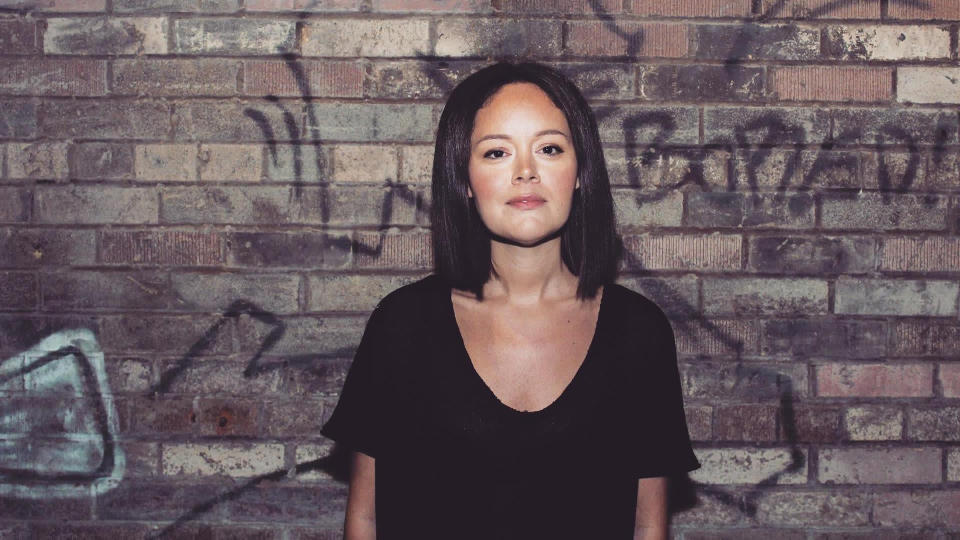
How did you assemble this group of young actors?
All of the lead casting worked from Iqaluit, the capital of Nunavut, based out of convenience and budget necessity. I knew that doing traditional casting wouldn’t make sense—auditions might feel a little formal. There aren’t any casting agents in Nunavut, so we ended up working with a local arts organization hosting acting workshops. It was so much fun. We brought in Christine Tootoo, a theatre actor who ended up working in the crew in the props department. I’m not an actor, but I had a script for the proof of concept for the movie and she helped me work with different actors.
Over a couple days, I ended figuring out who I liked and who worked well with each other. When I was working on script development with Ryan Cavan, my co-writer, we were up in Nunavut with these same teenagers. We were going out on boats and hunting, and they were informing the script that they would end up being part of.
How does Slash/Back challenge the character of the final girl in horror movies?
I grew up with Scream and the final girl. It’s fun to have a movie that plays with those genres, but is really about a group of friends with the friendship being a theme. This movie’s for an audience a bit younger than Scream, more for a preteen girl. When I was that age, that’s when I was falling in love with horror movies. My friends were the most important thing on the planet at that age.
When I was hanging out with these girls while we were developing the script, all they wanted to talk about were boys and teenage drama, like who’s dating who. Those things overwhelm everything else. And you’re like, “Oh, these are just teenage girls.” They could be in any place in the world, and they’d be having these exact same conversations.
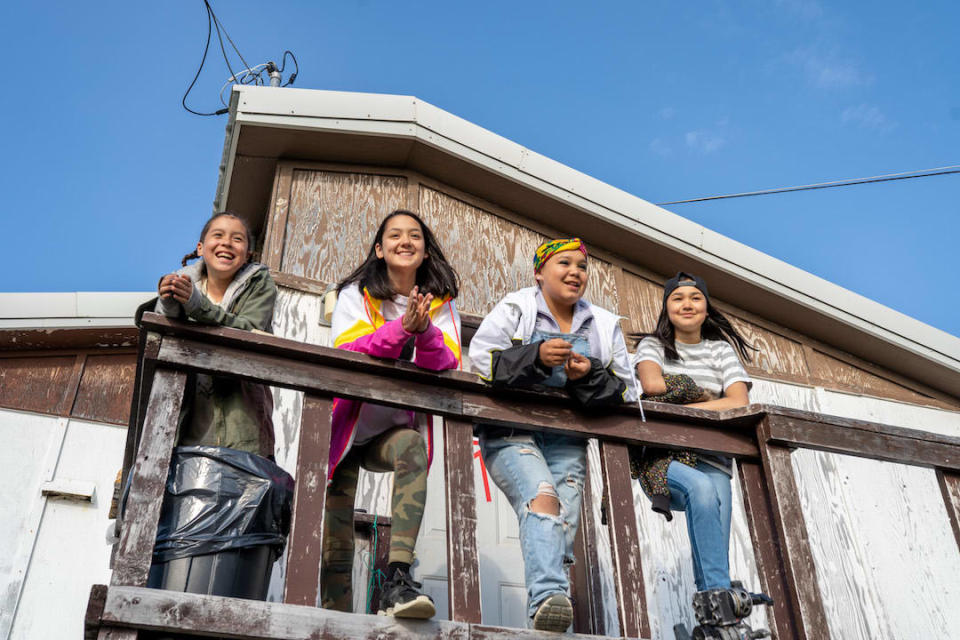
Was it a challenge to balance the tone of the film, mixing both horror and comedy with a group of young actors?
The balancing of genres was a challenge right from pitching the movie. We were like, “It’s these preteen girls and they fight aliens, and it’s scary, but funny.” It was a mashup of genres from the start. The girls are funny; they joke all the time—it infiltrates their conversations. Some people use humour in different ways in uncomfortable situations. We found that with some of our actors, so incorporating the humour they shared was part of the fun. Our youngest actor, Frankie Vincent-Wolfe who plays Aju, was cracking us up all the time. It was fun to play around with the dynamics of these teenagers and see how they would be reacting just like normal teenagers even though they’re in this fantastical scenario.
“Even if Slash/Back totally failed, what is so important for us is Indigenous screen sovereignty—your right to tell your own stories and that we should be financing them with proper budgets.”
There’s a fun cameo by Natar Ungalaaq, the great star of Atanarjuat. How did he feel about being alien meat?
I think he really loved the idea of being part of the movie and being an alien. He is from my home community of Igloolik, so it was so nice to have that representation. Obviously, for us in Nunavut, he’s like our movie star. Atanarjuat was a big deal for everyone in Nunavut, even if more so for the cinematic community, but then for him to agree to be someone who gets his fate in this film was particularly fun. He was such a good sport and such a professional. For me and the other teenage actors—it was their first acting experience and my first time directing—we felt lucky for him to be on set with us and work with us.
What inspired the look of the aliens? It seems like there’s like a bit of like Michael Myers, a bit of Leatherface, along with elements of folklore like Ijiraq. And what’s the mix between practical effects and post-production CGI?
I love movies from the ’70s and horror movies that incorporated practical effects. I think it’s so cool. I really set out to do as much practically and in camera as possible. We had Steve Newburn build our skin suits and other prosthetics. It was fun to go by his shop and to see what he could create. We worked together to come up with the creatures and see how they would act. What they would look like obviously started in the script phase with Ryan Cavan and I trying to figure out how the creatures could take over a person. They take over your body and you’re still you, but not quite. We wanted it to be this creepy thing and then the idea of the tentacles was fun to work with. Troy James, a contortionist, saw how to move if you’re a creature made of tentacles that can take over the skins of bodies like a beast. How would you move if you were not quite sure how to move like a human?
We spent a lot of time at a studio here in Toronto playing around with movement. We also had Ofilio Portillo, who does a lot of the stunt work when you see the aliens. When you see two aliens at once, that was both of them. Ofilio learned to match Troy’s movements, but there are some movements that only Troy is capable of because he’s double jointed in every joint in his body. He can move backwards. We actually had this giant eight-foot polar bear suit made for him that he could wear upside-down, which is an uncomfortable way to walk, but I was asking him to run down a hill upside down in a bear suit. [Laughs.] But we ended up replacing it with a CG bear, which was a bit of a heartbreak. I thought it looked so cool and weird, and I like the campiness of those practical effects, but it was a little too distracting.
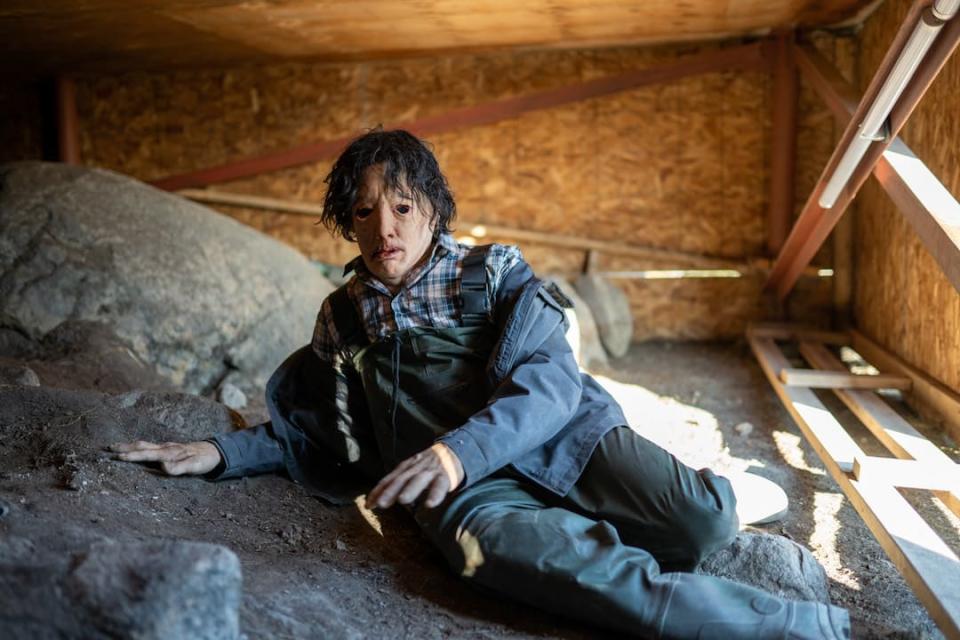
Where were you in production when Blood Quantum came out?
I know Jeff [Barnaby] and I know Danis Goulet, who directed Night Raiders. One of the things I feel so lucky for is the Indigenous film community. The imagineNATIVE Film Festival and Institute is such a special organization that has really built this community of support. It’s a place for us to share what we’re working on together. At one point in Slash/Back, when we’re in Jesse’s room, she’s watching a gory movie. That’s actually a clip from Jeff Barnaby’s short film [File Under Miscellaneous]. Blood Quantum had not been made when we were filming, but Jeff was shooting it, so I knew he was making it. When I was writing Slash/Back, I produced a short VR film in 2017 that Danis directed and wrote. It was essentially a proof of concept for Night Raiders.
What impact did those films have on yours?
Essentially, at the same time I was pitching Slash/Back, she was developing Night Raiders and at the time I was developing Slash/Back, Jeff was making his feature. It was just nice to know they were doing that. When I saw Blood Quantum at TIFF 2019, I was in post-production, so I had already finished shooting Slash/Back. To watch it was this huge relief for me because I was like, “Oh my gosh! Thank God it’s good!” [Laughs.] There was all this pressure. If it wasn’t good, then people were gonna be like, “What are we doing putting all of this money into these things that aren’t any good?” The pressure was off a little bit with Jeff having done a good job and same with Danis. I almost felt like I could mess up a little. Even if Slash/Back totally failed, what is so important for us is Indigenous screen sovereignty—your right to tell your own stories and that we should be financing them with proper budgets. Those pressures weren’t all on me, which was great.
The ending really gives it an extra political punch with the play between Slash/Back and Land/Back in the titles. Did you get much pushback on that?
We hadn’t planned for Land/Back to be in there, but it certainly is about these teenage girls fighting a threat that is invading their hometown and this Indigenous community. The themes were there and then when it came to doing the titles and the graphics, I just had an idea. So I told the graphics people and all of my producers were cc’d. Everybody just thought it was a cool idea. I didn’t get any pushback. I had a lot of support throughout the process when it came to creative and had the final word.
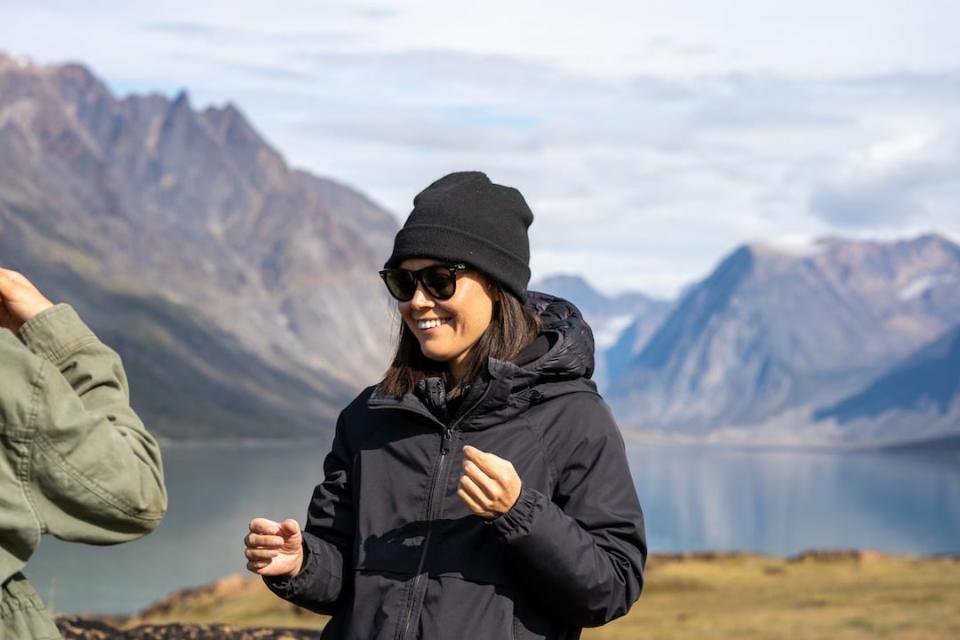
You mentioned your work in VR, and you’ve done some work with comics. Slash/Back could have easily been suited to either medium, so how do you choose the format in which to tell a story?
I’ve always loved movies, so being able to make a movie has always been a dream of mine. It was a bit ambitious for a first feature, but you never know until you try. I love the idea of sitting in worlds and playing around in different mediums. I’ve had enough time since filming Slash/Back to have a bit of separation from it. I’ve been dipping back into it now that we’re getting the movie out, but I can imagine how teenage girls fighting aliens make sense as a video game. I would play that and there are different ways to explore that in VR or in comic books, which I love as well. Making one doesn’t necessarily mean you can’t do others. You could go back to characters and worlds and play around with them. That’s what I love about nerd culture. Like with Snowguard, it exists and she belongs to Marvel, but she’s someone that other writers can take and have adventures with. I’m thinking about other projects, but can see myself exploring Slash/Back in different forms down the road.
Hopefully this can help you bring Snowguard to the MCU!
That would be fun.
Related Articles
'Blood Quantum,' a Canadian Indigenous Zombie Film, Is Too Timely
Meet Tia Wood, the Cree and Salish Artist Who Carries Home With Her Everywhere
20 Indigenous-Owned Fashion Brands in Canada You Should Know
More Complex
Sign up for the Complex Newsletter for breaking news, events, and unique stories.
Follow Complex on: Facebook, Twitter, Instagram, YouTube, Snapchat, TikTok

